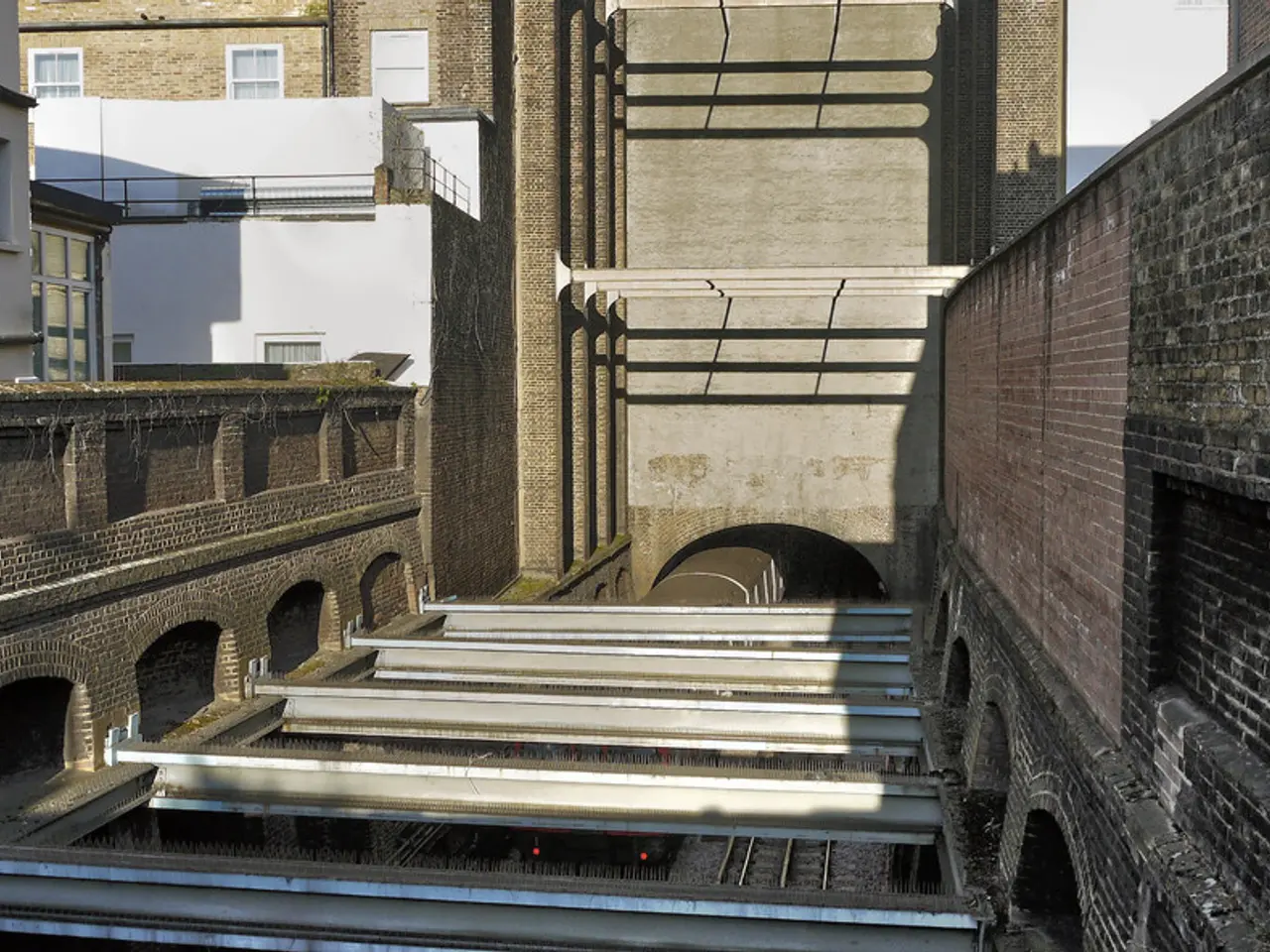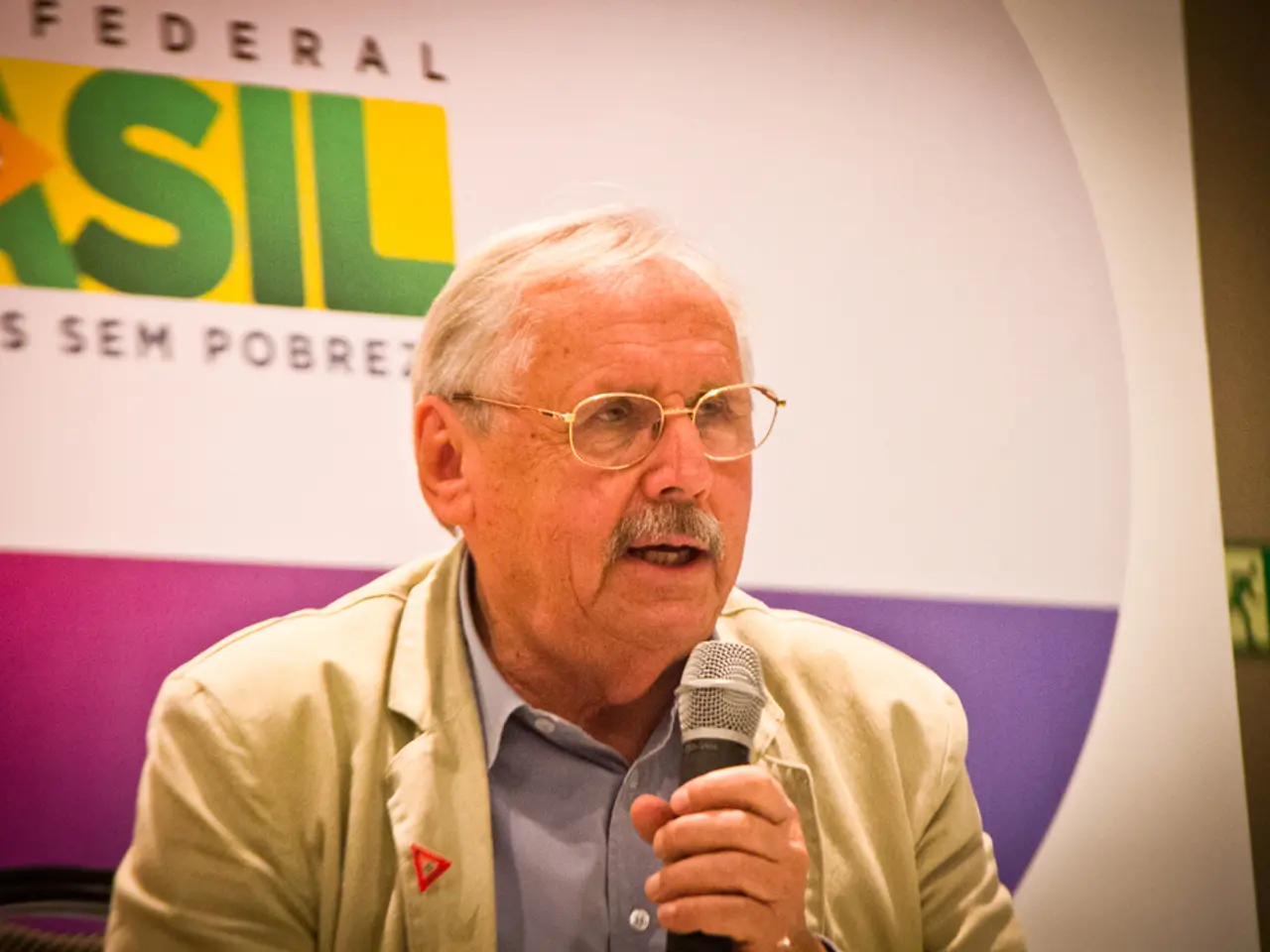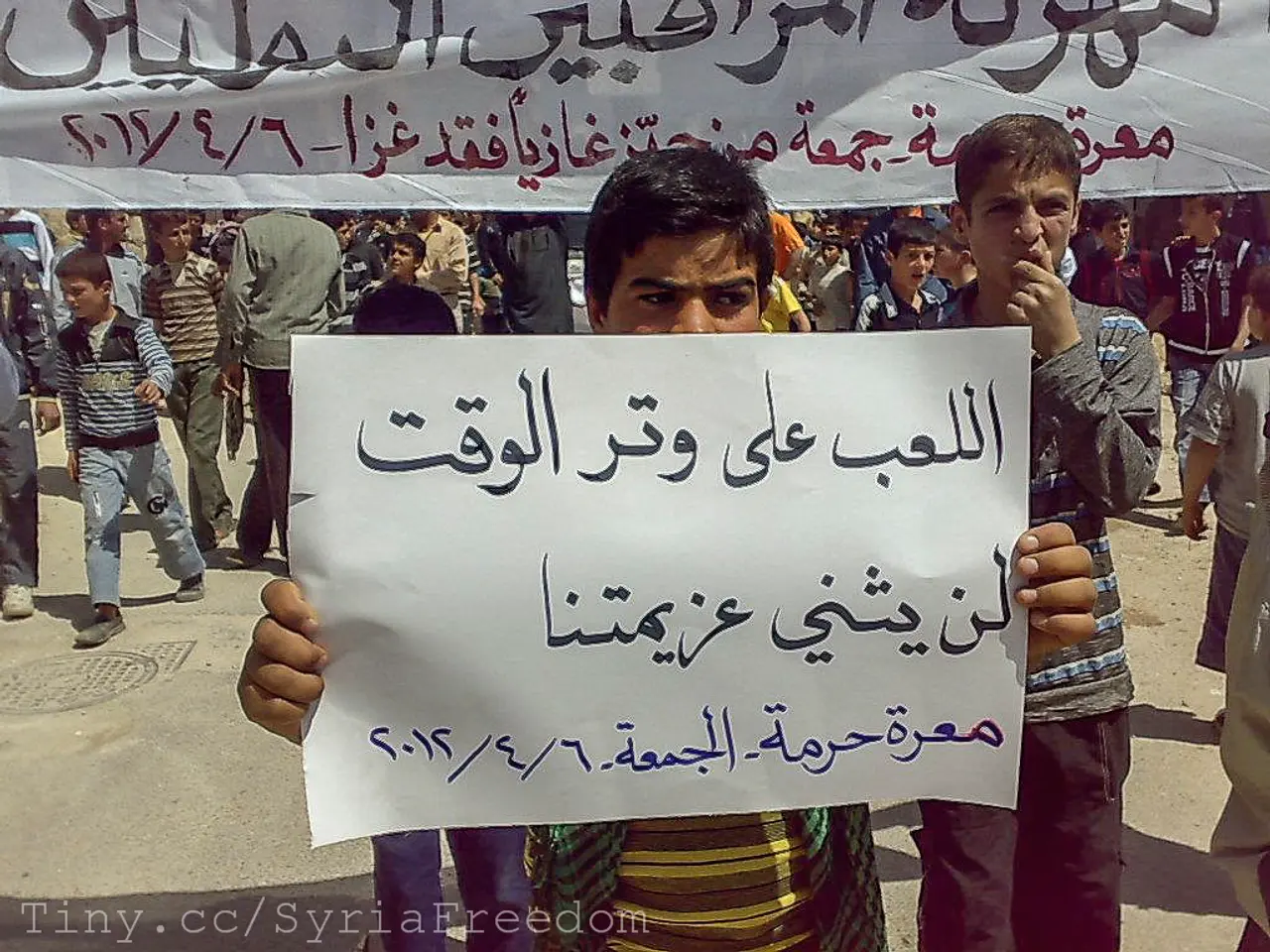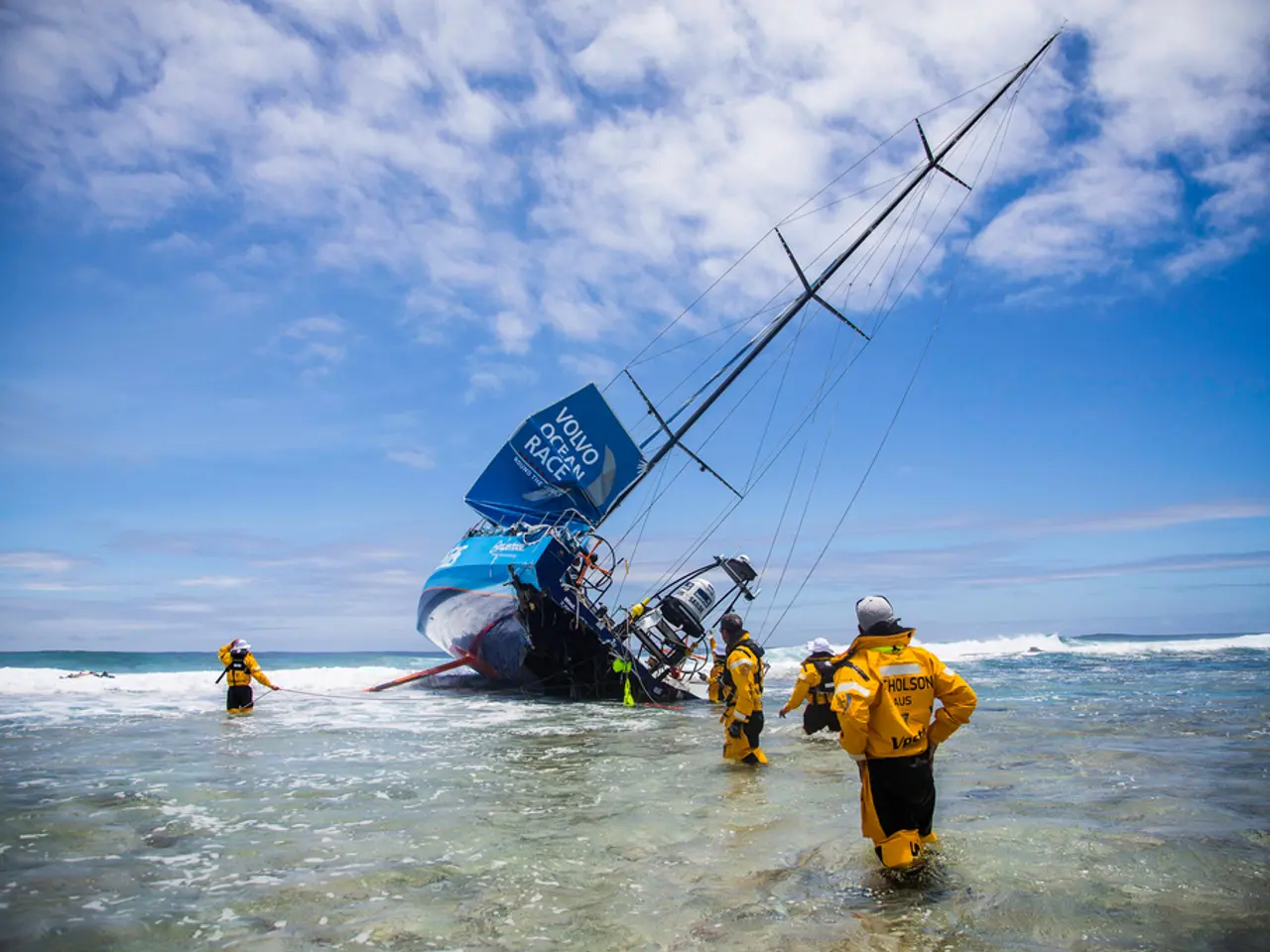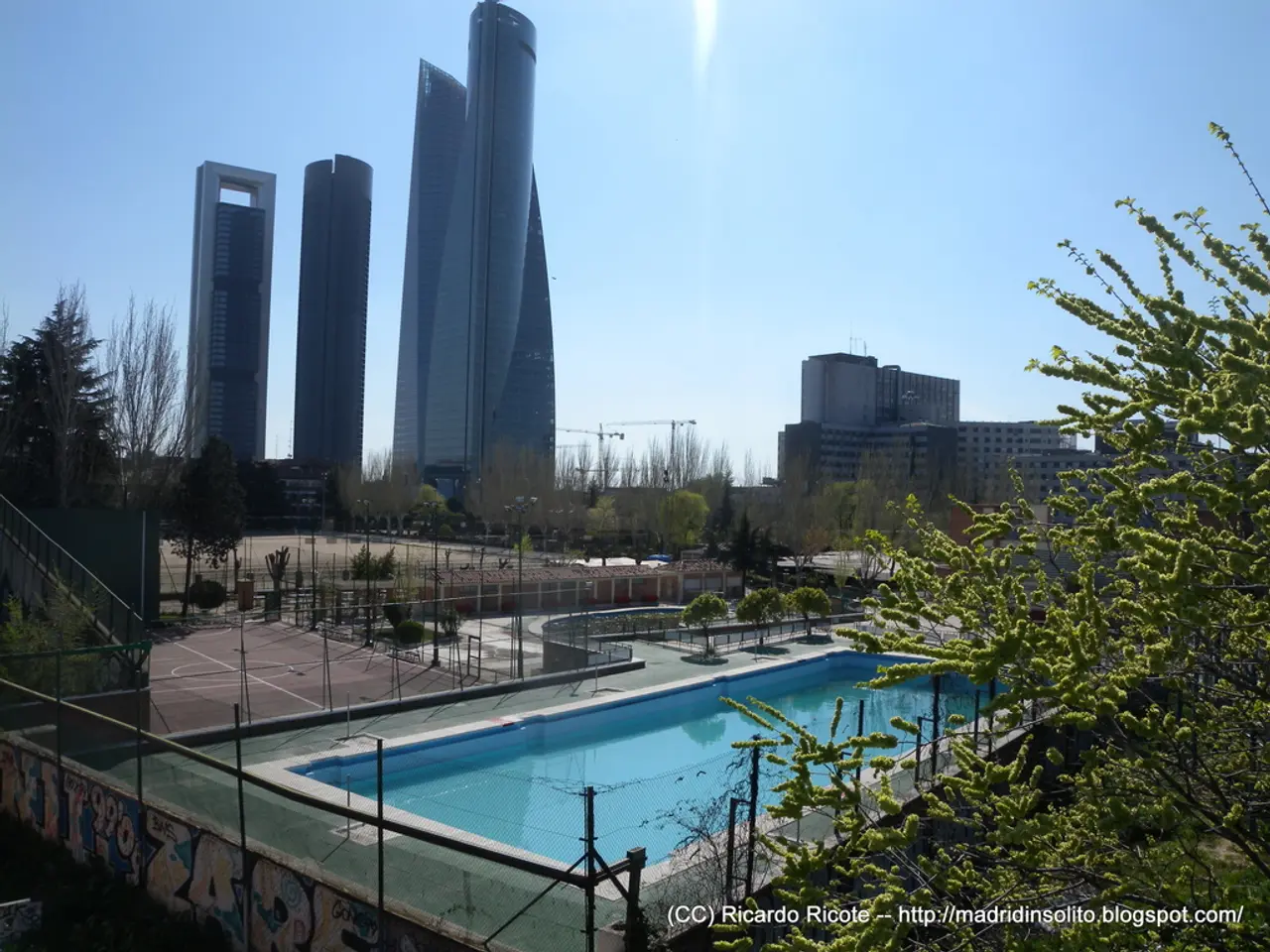Estonia reinforces Narva bridge's security by installing guards and barriers.
Security Upgrades on Narva Bridge: Estonia Strengthens Border Control
Estonia is bolstering its border security by installing drive-through barriers at key checkpoints, including the Luhamaa and Koidula border crossings in south Estonia, and at the Narva bridge, which connects the country with Russia.
The security measures on the Narva bridge, first announced by the Police and Border Guard Board (PPA) in July 2024, aim to prevent unauthorized border crossings and enhance control over the movement of people and vehicles on the bridge. This comes in response to ongoing security concerns and increased risk scenarios stemming from geopolitical tensions.
The upgrades include metal gates at the Estonian entrance and barriers for both pedestrians and vehicles at the border. The Narva bridge has been closed to vehicles since 2024 due to the Russians closing their side for maintenance work. This event coincided with a larger migration crisis in Finland, which led to Helsinki closing all crossing points with Russia on its eastern border.
The installation of these barriers, which will cost approximately €2 million, was prompted by Russia allowing around 30 people to exit the country and attempt to enter the EU without proper documents. Since November 2023, concrete blocks and temporary structures, known as "dragons teeth," have been installed on the Estonian side of the Narva bridge.
Antti Eensalu, head of the PPA's Narva checkpoint, stated that the barriers help prevent vehicles from forcefully driving through the border checkpoint and evading border control. He also mentioned that the installation of gates will help manage potential migration surges on the bridge, allowing for complete closure if necessary.
Veiko Kommusaar, deputy director general at the PPA, stated that Estonian officials have been prepared to face a migration attack from Russia for a long time. According to Kommusaar, the only real question was when such an event would occur.
These security upgrades are part of Estonia's broader effort to strengthen its border security amid heightened tensions with Russia. The country has been experiencing hostile activities, including GPS jamming and spoofing affecting border and airspace security. These actions have prompted coordinated defensive and monitoring responses from Estonia and its neighboring countries.
The construction of similar drive-through barriers will also be implemented at two other border checkpoints in south Estonia. The work on these upgrades is expected to be completed by the end of September 2024.
On the Narva bridge, wind chimes installed by concerned citizens have become symbols of unity amid the political turbulence and increased crime-and-justice concerns, signifying a call for general-news transparency and mutual understanding between Estonia and Russia. Meanwhile, the recent wind of change in Estonian politics, fueled by the escalating security challenges, has led to increased investment in border control infrastructure, including the installation of drive-through barriers at key checkpoints such as Luhamaa, Koidula, and the Narva bridge.
